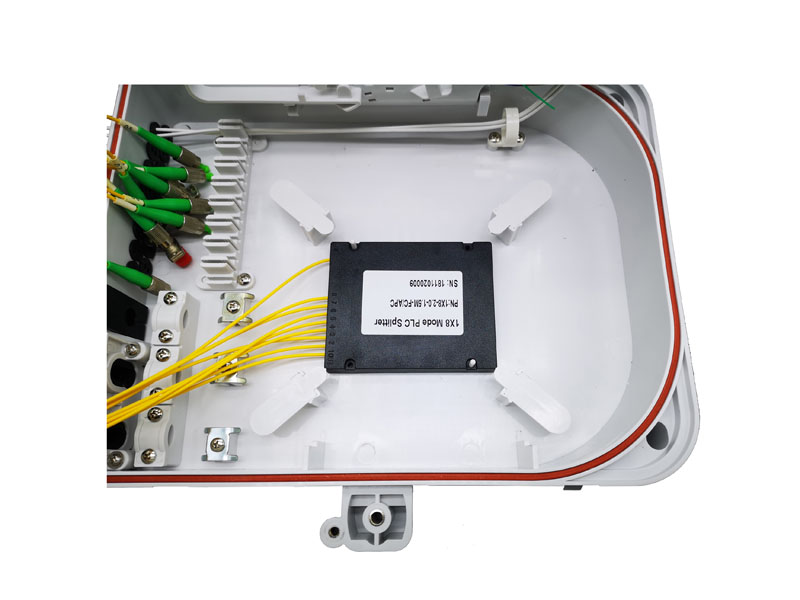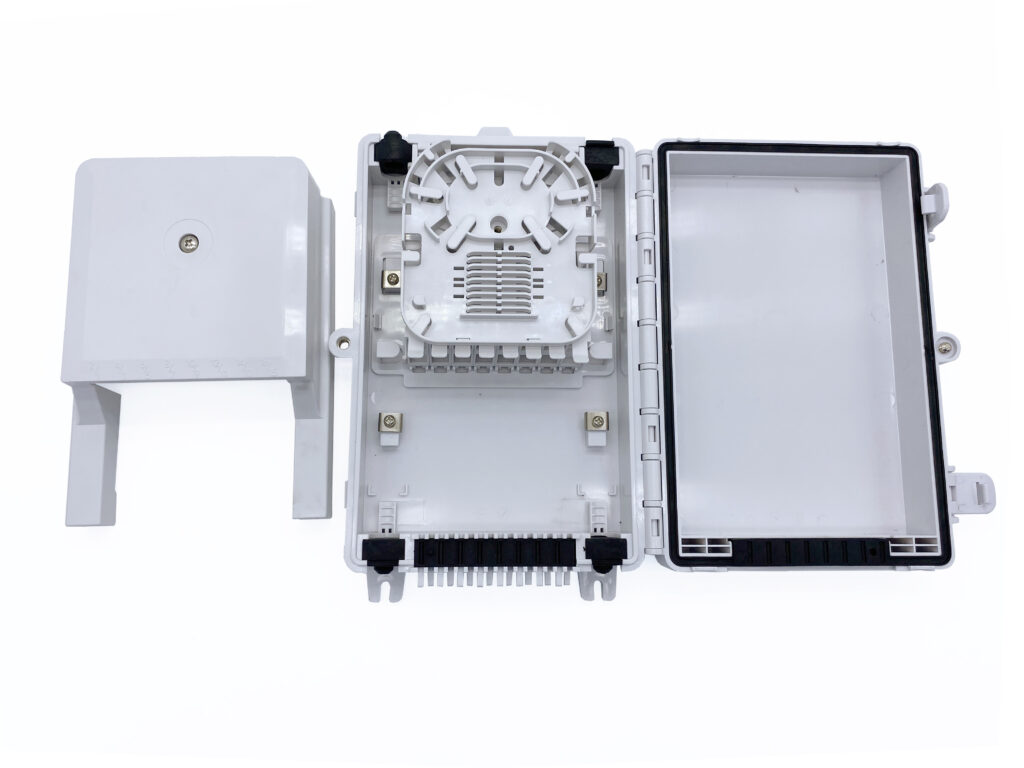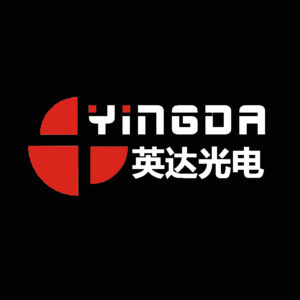The fiber optic cable splicing refers to a construction technology in which only the fiber cores of the branch optical cable are connected when the number of cores of the main routing optical cable remains unchanged in the branch joint of the optical cable, and the other optical fibers are directly connected (not disconnected).

Since the fiber optic cable splicing only needs to splice part of the fiber core, the fiber splicing cost can be greatly reduced. In addition, the number of fiber optic connectors in the fiber optic link is greatly reduced, which also makes the attenuation index of the link better. However, when splicing the commonly used optical cables such as GYTA and GYTS (hereinafter referred to as commonly used optical cables), the requirements for the stripping process of the optical cables are very high, and the implementation is difficult. Therefore, the fiber optic cable splicing has not been promoted in the existing network. In view of this, an easy-to-splice optical cable that is convenient for splicing the fiber core of the optical cable has emerged.
2 Introduction to fast connect Optical Cable
2.1 Structural features of fast connect optical cables
The easy-to-splice optical cable is actually an optical cable that is easy to strip. It has an inner elliptical structure, and the structure of the optical cable is shown in Figure 2. When the number of cores of the optical cable is 24 or less, the optical fiber in the cable usually uses discrete tight-buffered optical fibers; when the number of cores exceeds 24, multiple micro-tubes are usually set in the cable, and each micro-tube can contain 4 to 24 bare optical fibers.

Microtubes are similar to loose tubes, but have a smaller outer diameter, thinner walls, and are very soft. No tools are required when stripping them, and they can be torn open directly by hand, as shown in Figure.
There are stripping point marks on the sheath of the optical cable. When stripping, fix the optical cable and use a stripping knife to easily cut a hole in the sheath to expose the optical fiber or microtube inside the cable, as shown in Figure. This hole is usually called a skylight and is about 10 cm long.
Compared with common optical cables, the outer diameter of fast connect optical cables is smaller, but the allowable tensile force is lower. For example, the comparison of the outer diameter, allowable tensile force and allowable crushing force of a certain manufacturer’s fast connect optical cables and GYTS optical cables is shown in Table 1.
Compared with common optical cables, fast connect optical cables are more flexible, but have lower tensile strength and no moisture barrier. Therefore, fast connect optical cables are more suitable for indoor and outdoor overhead scenarios. If underground pipelines are used, it is recommended to use them in sections with better pipeline conditions at the access layer.
2.2 Methods for fast connect optical cables
There are two ways to splice the optical fiber core of the easy-to-splice optical cable.
Method 1: At the fiber extraction point, cut a skylight 1 in the sheath of the optical cable as shown in Figure, and cut another skylight 2 in the sheath of the optical cable about 1 meter away from the fiber extraction point to the far end of the optical intersection (the distance can be adjusted as needed), cut the fiber core to be spliced at skylight 2 and pull the corresponding fiber core out of skylight 1, as shown in Figure. The spliced fiber core can be terminated in the fiber distribution box or connected with the branch optical cable, and then protect the skylight 2 with PVC tape.
Method 2: At the splicing point, strip the sheath of the optical cable for about 1 meter (the stripping length can be adjusted as needed), and pay attention to protecting the optical fiber in the cable when stripping. Then fix the stripped optical fiber or the optical cable at both ends of the micro-beam tube in the optical cable joint box or fiber splitter box, cut the fiber core to be spliced, and then terminate it or connect it with the branch optical cable, and then keep the straight optical fiber or micro-beam tube coil, as shown in Figure.
Method 1 is usually used for indoor optical cable splicing in the fiber distribution box, as shown in Figure 7. Method 2 can be used for indoor or outdoor optical cable splicing in the fiber distribution box, joint box, junction box, etc.

3 Application scenarios of fast connect optical cables
Fast connect optical cables are suitable for scenarios with dense optical cable joints in optical cable lines, such as the lead-in section and home section of access optical cable lines, as well as user trunk sections and distribution sections.
3.1 Introduction

The use of fast connect optical cables in the lead-in section (wiring optical cross-connection-fiber distribution box section) can reduce the number of optical cable connections by several times. As shown in Figure 1a), the number of fiber core connections in the traditional solution is 10, but after the fast connect optical cable is used, the number of fiber core connections in the optical cable is only 2.
In the vertical wiring of buildings, optical cable terminals are often required on each floor or every few floors. When using the common optical cable solution, it is often necessary to set up optical cable joints or lay multiple vertical wiring optical cables; when using the easy-to-reach optical cable solution, only one optical cable needs to be laid, and the easy-to-reach optical cable is relatively soft, which is more conducive to the construction of optical cables in buildings. This also makes the easy-to-reach optical cable more suitable for vertical wiring in buildings. The solution for vertical wiring optical cables in buildings is shown in Figure 8.
3.2 Entrance section
The entrance section (fiber distribution box-user section) usually lays butterfly optical cables to the user. Often, multiple butterfly optical cables need to be laid repeatedly in the same optical cable route. On the one hand, the workload of laying butterfly optical cables is increased, and on the other hand, the safety of butterfly optical cables decreases as the laying length increases.
When multiple incoming optical cables need to be laid on the same optical cable route, fast connect optical cables can also be used. At the location where the optical cable needs to be branched, an introduction box is set up for every 1 to 4 users. When the user is laying, a fiber core is connected to the butterfly optical cable or pigtail in the introduction box and laid to the user.
3.3 Trunk Section and Distribution Section
When the trunk optical cable or distribution optical cable adopts a ring networking structure, the fiber core splicing method can also be used at the optical intersection. The exclusive fiber core and the shared fiber core at the optical intersection are branched and spliced, and the straight-through optical fiber can be directly coiled into the fiber splicing tray.

The fast connect feature of the fast connect optical cable makes it very suitable for use in scenarios with many branch connections. In fact, the fast connect optical cable’s easy stripping and small outer diameter are almost what users demand for all types of optical cables. At present, the scope of use of fast connect optical cables in life is still very limited, and related products are mainly suitable for wiring in buildings and overhead laying. It is recommended that manufacturers optimize the structure of fast connect optical cables and enhance the tensile and moisture-proof properties of optical cables to make fast connect optical cables suitable for more scenarios.

